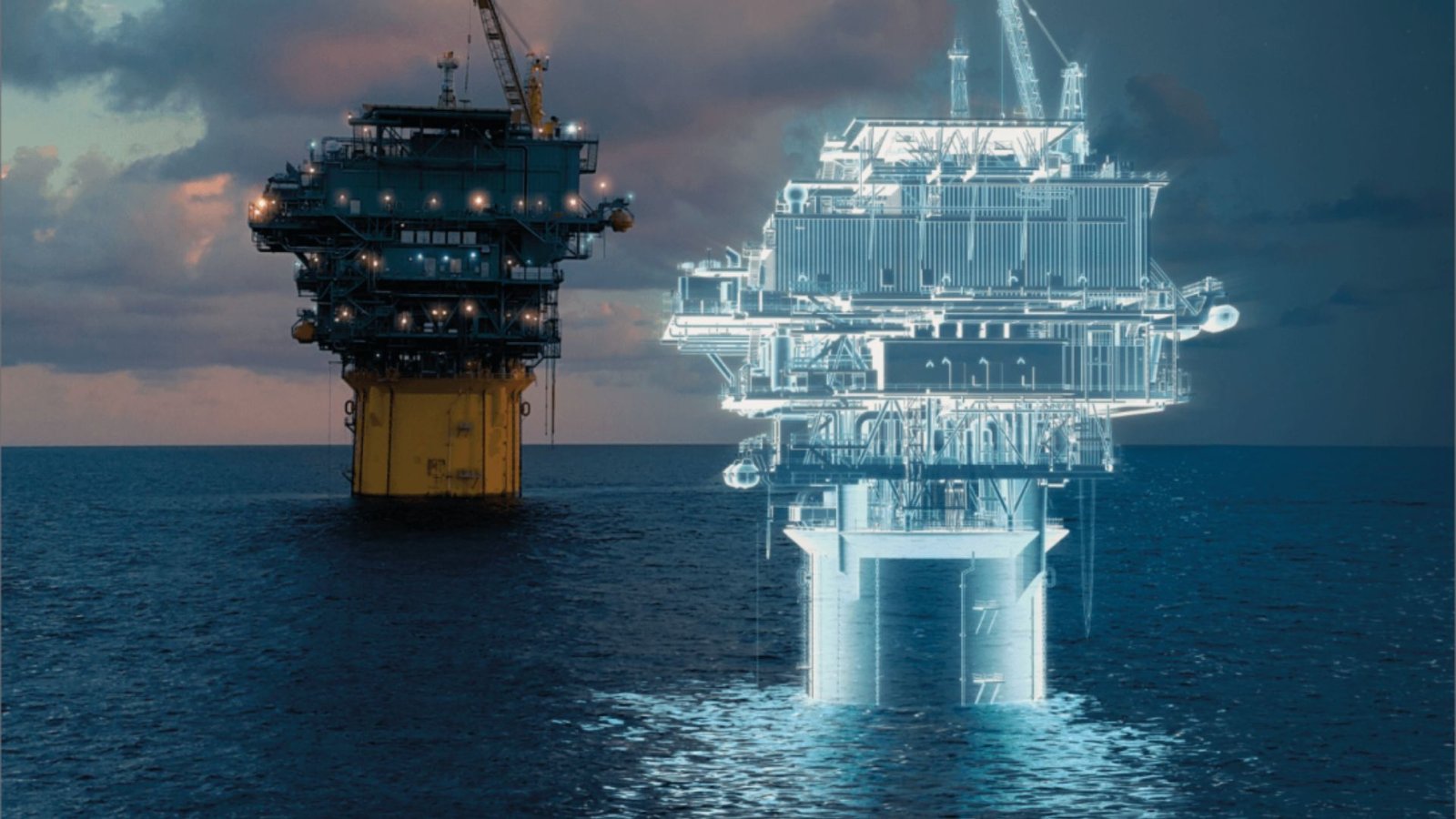
In today’s rapidly evolving global economy, the integration of deep offshore technology is reshaping industries, driving innovation, and transforming the way businesses operate. The potential of this technology to unlock new opportunities for economic growth and sustainable development cannot be overstated. As companies increasingly look to expand their reach, reduce costs, and exploit untapped resources, deep offshore technology presents itself as a key enabler of future business strategies.
The Evolution of Deep Offshore Technology
Deep offshore technology has come a long way since its inception. Early attempts to harness offshore resources were limited by shallow-water capabilities and rudimentary technologies. However, with advancements in subsea engineering, robotics, and remote monitoring systems, the capabilities of deep offshore technology have expanded dramatically. Today, companies can explore and exploit resources at depths previously considered unreachable, thanks to sophisticated equipment and cutting-edge techniques.
One of the most significant drivers of this evolution has been the growing demand for energy. As traditional oil and gas reserves become harder to access onshore, companies are increasingly looking offshore to meet global energy needs. The deep waters of oceans and seas contain vast amounts of untapped resources, including hydrocarbons, minerals, and renewable energy sources such as wind and tidal power. As a result, deep offshore technology has become indispensable in the energy sector, enabling companies to explore new frontiers.
Benefits of Deep Offshore Technology for Business
Access to Untapped Resources
The ocean floor holds a wealth of resources that remain largely unexplored. From vast reserves of oil and natural gas to rare earth minerals and metals, deep offshore technology allows businesses to tap into these resources, offering a new avenue for growth. The ability to access these resources at deeper levels provides industries with a competitive edge by securing energy supplies and materials that are essential for various sectors, including manufacturing, energy, and technology.
Cost-Effective Solutions
While the initial investment in deep offshore infrastructure can be substantial, the long-term benefits far outweigh the costs. Innovations in automated systems, remotely operated vehicles (ROVs), and drilling technologies have significantly reduced the operational costs associated with deep-sea exploration and production. For businesses, this translates into more efficient processes, higher productivity, and ultimately, cost savings that can enhance profitability.
Moreover, deep offshore platforms are designed to withstand harsh environments, reducing the frequency of maintenance and repairs. With minimal human intervention required, companies can operate with greater efficiency, lowering operational risks and improving overall safety standards.
Environmental Sustainability
One of the key concerns surrounding offshore exploration has been its environmental impact. However, advancements in deep offshore technology are helping to address these challenges. Modern systems are equipped with environmental monitoring tools that ensure compliance with regulations and minimize ecological damage. Furthermore, deep offshore technology is enabling the exploration of renewable energy sources such as offshore wind farms and tidal energy systems. These clean energy solutions contribute to the global transition towards sustainable energy, helping businesses reduce their carbon footprint.
Global Supply Chain Stability
The adoption of deep offshore technology has the potential to stabilize global supply chains. As more companies turn to offshore resources to meet their production needs, the risks of supply chain disruptions due to geopolitical tensions, trade restrictions, or onshore resource depletion are mitigated. By diversifying resource access points, businesses can safeguard themselves against unexpected shortages and maintain the steady flow of critical materials and energy supplies.
Challenges Facing Deep Offshore Technology
While the potential of deep offshore technology is immense, there are several challenges that businesses must navigate to fully capitalize on its benefits.
High Initial Investment
The development and deployment of offshore technology require significant upfront investments. From constructing offshore platforms and subsea pipelines to acquiring advanced ROVs and other robotic systems, the financial outlay can be daunting for many businesses. However, as the technology continues to evolve, costs are expected to decrease over time, making it more accessible to a broader range of companies.
Technical Complexity
Operating in deep offshore environments presents unique technical challenges. Extreme water pressures, unpredictable weather conditions, and the remote nature of these locations demand highly specialized equipment and expertise. Companies must invest in continuous R&D to develop technologies that can withstand these harsh conditions. Additionally, the integration of advanced data analytics, machine learning, and artificial intelligence is essential to optimize offshore operations and ensure the efficiency and safety of deep-sea projects.
Regulatory Hurdles
The regulatory landscape for deep offshore operations can be complex and varies from one region to another. Governments and international bodies impose stringent regulations to protect marine ecosystems, ensure worker safety, and promote sustainable practices. this Navigating this regulatory framework requires businesses to stay updated on evolving laws and invest in compliance measures, which can add to operational costs.
The Future of Deep Offshore Technology
Looking ahead, deep offshore technology is poised to play an even greater role in shaping the future of global business. Artificial intelligence (AI) and automation will revolutionize offshore operations, making them more efficient and safer. AI-powered systems will be capable of analyzing vast amounts of data in real-time, allowing businesses to make informed decisions about resource exploration, production optimization, and environmental impact mitigation.
Furthermore, the growing emphasis on renewable energy is likely to accelerate the adoption of deep offshore technology. Offshore wind farms and tidal energy systems offer immense potential to diversify energy portfolios and reduce dependence on fossil fuels. businesses strive to meet sustainability goals and comply with international climate agreements, offshore technology will be at the forefront of the energy transition.
Conclusion
Deep offshore technology represents a significant leap forward for businesses across various industries. Its ability to unlock untapped resources, enhance efficiency, and promote sustainability makes it a vital tool for the future of business. While challenges such as high costs, technical complexity, and regulatory hurdles remain, the long-term benefits far outweigh the risks. the global economy continues to evolve, businesses that embrace offshore technology will be well-positioned to lead in their respective markets and contribute to the sustainable development of the world’s energy and resource sectors.





3 thoughts on “Is Deep Offshore Technology the Future of Business?”